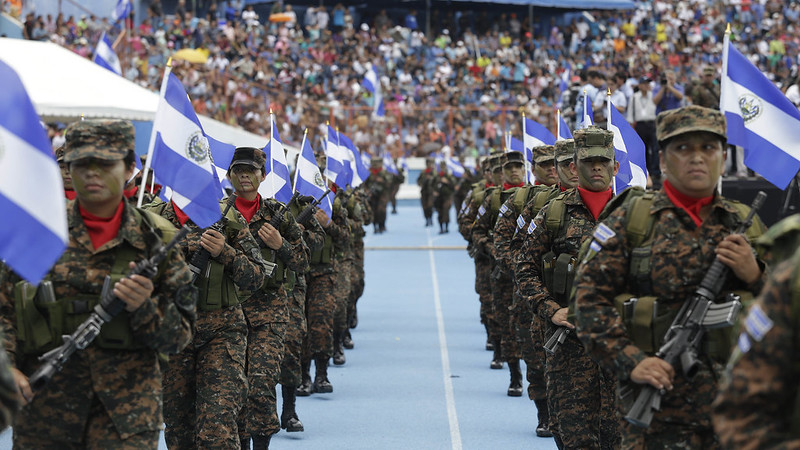Is Mexico on Its Way to Becoming a Major Arms Producer?
July 28, 2022
by

Throughout history Mexico has been dependent on foreign powers for militaries gear, this has hinder its ability to be self-suficient a nd therfore control its internal politics.
Throughout history, Mexico has had to deal with significant interior and exterior threats to its national security. From the moment Mexico became an independent nation in 1810, the French, Spanish, British, and Americans have invaded it multiple times. Due to the constant fear of invasion and foreign intervention, Mexico has been greatly concerned with building a self - sufficient military , to be free from foreign dependency on weaponry and technology.
THE ARMY LEADS THE WAY
To accomplish this, the Mexican military (SEDENA) has established an impressive infrastructure that includes arms and clothing factories, farms and ranches, research and development institutions, and even an impressive K9 breeding center. These infrastructure is primarily led by the Dirección General de Industria Militar (DGIM) and the Dirección General de Fábricas de Vestuario y Equipo (DGFAVE), which translate to the General Directorate of Military Industry (DGIM) and General Directorate of Clothing and Equipment Factories (DGFAVE).
These institutions already produces the bulk of the military’s uniforms, bullets, grenades, rockets, bayonets, food stocks, field rations, and rifles. The fact that this infrastructure is military -owned is quite surprising, since most nations usually rely in the private industry to supply and develop most of their technology and supplies.
THE PRIVATE SECTOR FOLLOWS
At the same time, since the 60s, the Mexican government has had very strict gun laws that have hindered the national civilian development and production of arms. Yet, during the last decade, the private sector has started to realize how profitable the defense industry can be and is thus starting to manufacture mostly non -lethal products.
Slowly, these products are making their way to international market s in Latin American, Asia, and even Europe where Mexico has the potential to become a major defense and security industry manufacturer.

BATTLE TESTED EQUIPMENT
A unique characteristic of Mexico’s emerging defense industry is that most of their products are battle tested and tailored to work in complex geographical environments and against mostly unconventional threats. This is due to Mexico geographical vastness and recent military history.
Mexico's geographical features range from jungle to desert and from subtropical forests to high alpine vegetation. Additionally, over half the country is at an altitude greater than 1,000m (3,300ft). From the Dirty War (la Guerra Sucia) in the 60s to the current Mexican Drug War (Guerra Contra el Narco), the Mexican Armed Forces have had to adapt to deal with old and emerging threats while also being able to operate in this complex urban and natural geography. Mexican armament, vehicles, aircraft, and ships are a direct result of years of lessons learned from operating in those environments.
For more information and details refer to The Mexican War Factory
END OF REPORT
Top Image Credit: Thomas_H_foto via Flickr. Title: Ejercito Mexicano. License CC BY -ND 2.0 https://creativecommons.org/licenses/by-nd/2.0/
Middle Image Credit: NS777 via Wikipedia Commons. Title: Mendoza Bulldog 380. License CC BY -SA 4.0 https://creativecommons.org/licenses/by-sa/4.0/deed.en
Copyright by Vigiles Analytica. All rights reserved. ©2025
